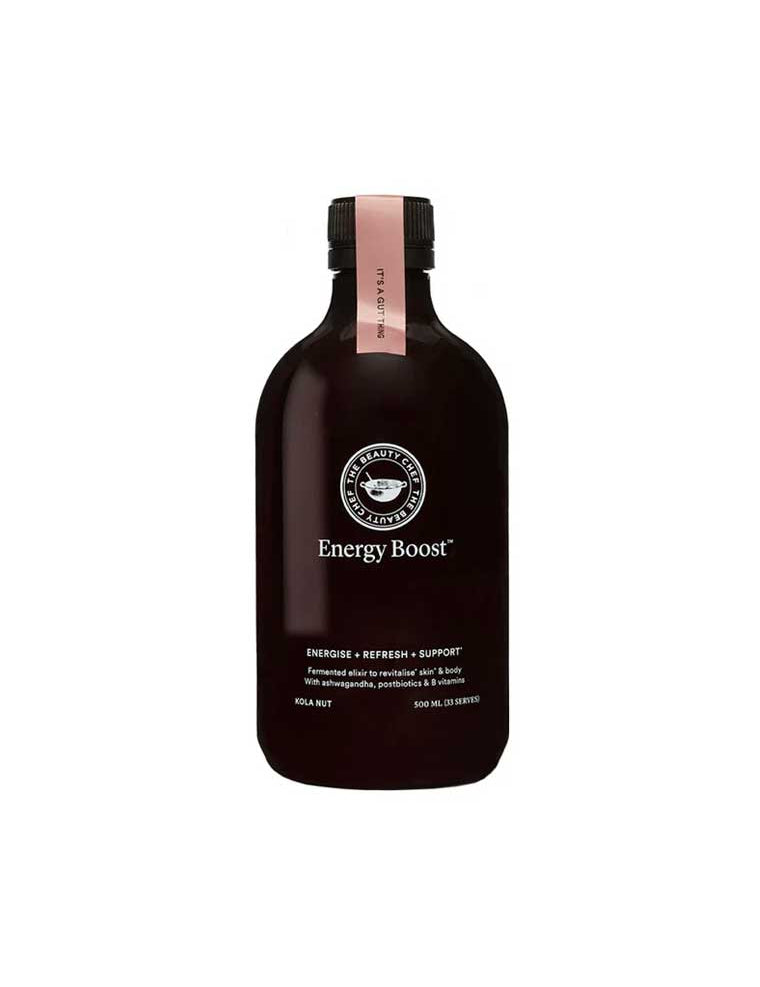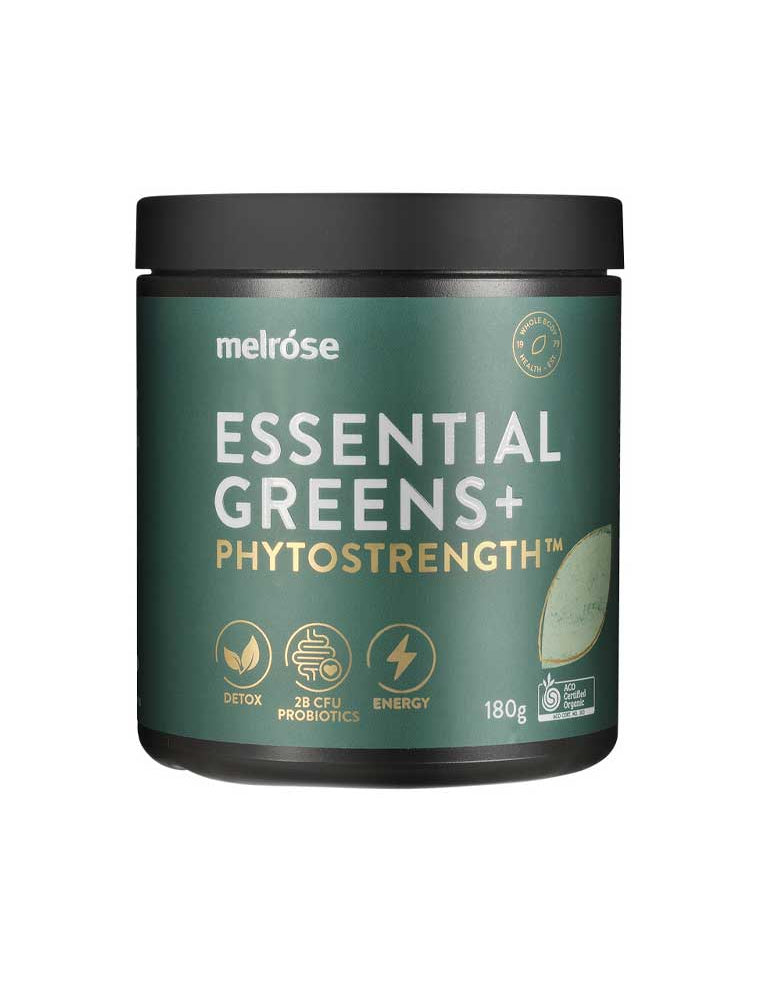
Functional Mushrooms & Adaptogens: Your Questions Answered
Discover how these botanicals have been used traditionally and how they can be incorporated into your wellness routine.
Popular Q&As for Functional Mushrooms & Adaptogens
1. What are adaptogens and how are they traditionally used?
Adaptogens are herbs, roots, and mushrooms that have been used in traditional practices for centuries. Historically, they've been associated with the body's response to everyday stressors like fatigue and occasional sleeplessness. In traditional systems, adaptogens were believed to interact with the body's stress-response systems. These botanicals have been part of traditional medicine for generations and are now gaining popularity in modern wellness routines. Many people incorporate them into their daily practices for their unique properties.
2. What's the difference between functional mushrooms and culinary mushrooms?
While some mushrooms serve both purposes (like shiitake), functional mushrooms are traditionally valued for their historical uses beyond just culinary enjoyment. These fungi contain unique polysaccharides, beta-glucans, triterpenes, and other compounds that have been studied for their properties. Unlike culinary mushrooms that can be simply cooked and eaten, functional mushrooms often undergo extraction processes to make their compounds more available. Quality functional mushroom products are carefully extracted from wood-grown (not grain-grown) mushrooms to maintain their natural composition.
3. What are tonic herbs and why are they of interest?
Tonic herbs represent a special classification of botanicals in traditional Chinese medicine, referred to as "superior herbs" or "imperial herbs" in the ancient text Shen Nong Ben Cao Jing. Unlike herbs used for specific purposes in traditional practice, tonic herbs were historically consumed regularly as part of daily routines. They have been used for centuries as part of holistic approaches to wellness, reflecting traditional wisdom passed down through generations.
4. What are some popular adaptogens and functional mushrooms?
Different adaptogens and mushrooms have unique traditional uses: Lion's Mane has been associated with cognitive function in traditional East Asian practices. Reishi has historically been used in contexts related to rest and relaxation. Cordyceps has traditionally been valued for physical vitality in mountain regions of Asia. Chaga contains numerous compounds and has been used in Northern European and Russian traditions. Ashwagandha and Holy Basil (Tulsi) are prominent in Ayurvedic traditions related to balance and calm. Rhodiola has a history of use in Nordic and Siberian cultures.
5. How do I incorporate these botanicals into my daily routine?
Mushroom and adaptogen powders are incredibly versatile and can be easily integrated into your daily life. Add them to your morning coffee, tea, smoothie, or breakfast porridge. For those who don't enjoy the taste, capsules offer a convenient alternative. Start with smaller amounts (typically ¼-½ teaspoon of powder) and gradually adjust as needed. Many enthusiasts use these botanicals consistently, incorporating them into their routines over time, with many people reporting they notice differences after several weeks of regular use.
When considering any new diet, vitamins or supplements it is important to seek advice from your healthcare professional. ALWAYS READ THE LABEL AND FOLLOW THE DIRECTIONS FOR USE.

Earn Juicy Rewards
Login to earn Juicy Rewards on every order.

























